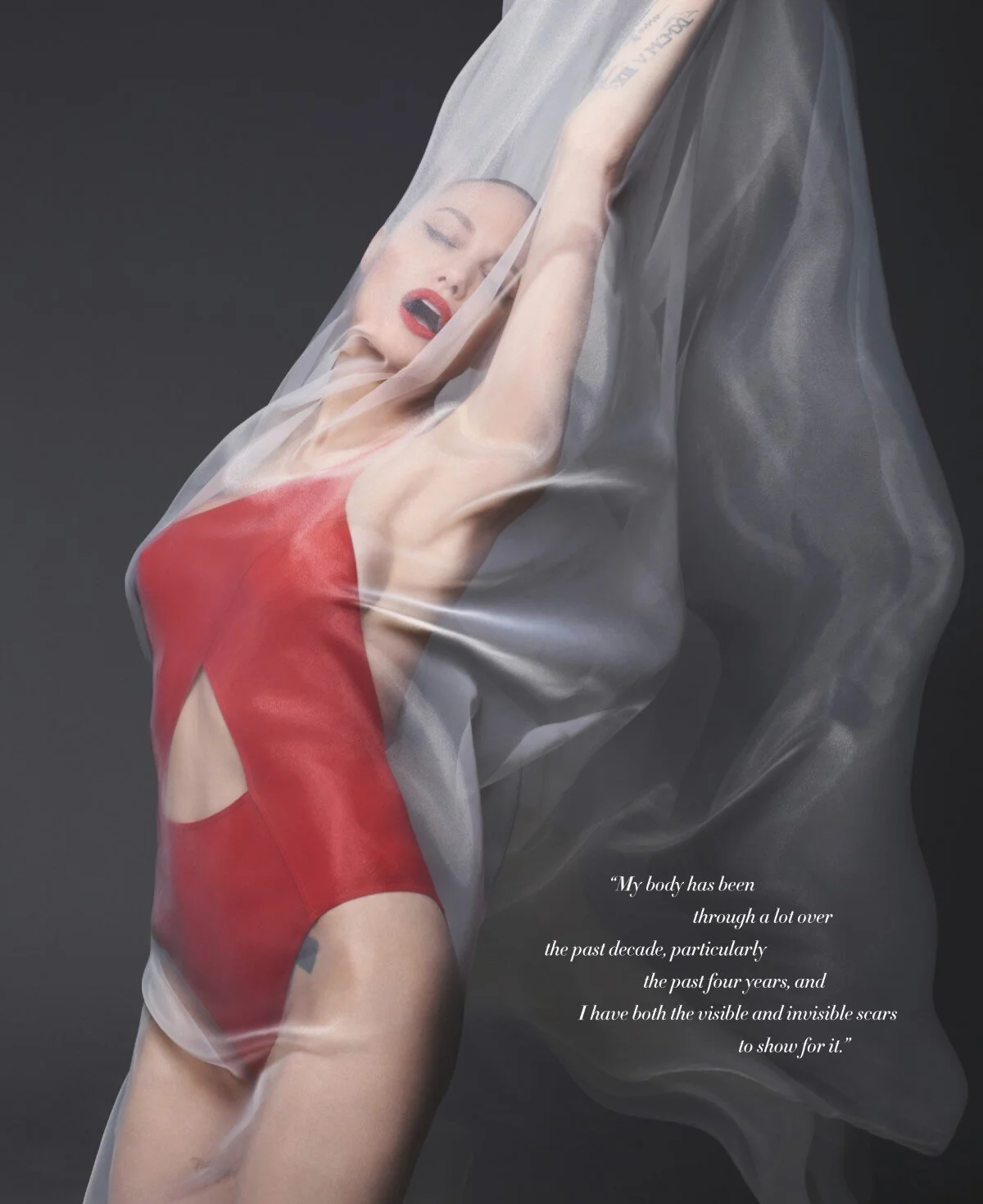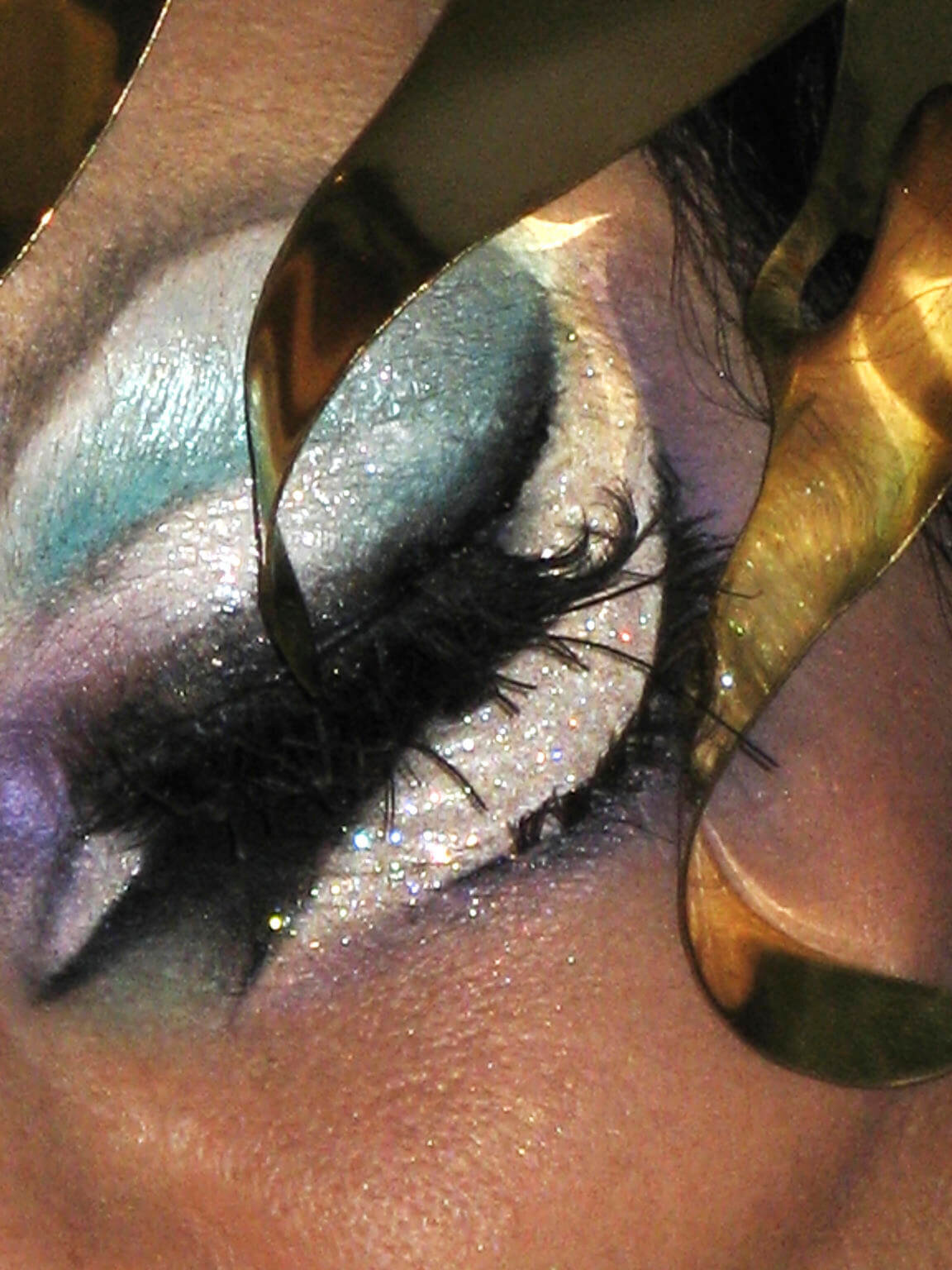Sealed With A Sweet Kiss, A Soft Touch & No Comfort Food
/(Note: The new “Intimate Moments” i-D editorial featuring Behati Prinsloo is provocative in its simplicity and focus on the small moments of couple’s intimacies. The mood looks stubbornly out of sync with modern life and a reminder of just how much we suffer from “skin hunger” in the West. I’ve combined half of the photos in the i-D “Intimate Moments” Behati Prinsloo editorial with part one of an unpublished chapter on touching, part of a larger manuscript on the health benefits of sex.” The remaining photos will be in a brief commentary on Sensuality News. Photos via Fashionising.com)
From Anne: Sealed with a Sweet Kiss
For me, kissing is the ultimate form of touching. I enjoy kissing other people and being kissed myself. I particularly like European kissing on both cheeks, because it is twice the pleasure.
I don’t like air kisses, because they are fake. I’ve read that American women invented air kisses, because they are afraid of germs. This is not true — that kissing is dangerous to your health generally. In fact, kissing is particularly good for your immune system.
I learned to kiss in New York and not in the way that you’re thinking. Quite the contrary. I learned about kissing, hugging and the warmth of an friendly touch from the sales ladies at Saks Fifth Avenue.
After a rocky start in learning the art of successfully managing seasoned, successful women old enough to be my mother, and sometimes my grandmother, I won first their respect and then their affection.
After that, there was a lot of kissing going on.
 Behati Prinsloo “Intimate Moments” i-D Summer 2010Ancestry and Touching
Behati Prinsloo “Intimate Moments” i-D Summer 2010Ancestry and Touching
This was all very strange to me. My ancestry is one of a mixed European background: English, German, Swedish and Danish. Simply stated, there’s not a lot of self-expression in those genes. We were stoics all the way. There was no hugs or kisses at my house. Ever.
But I had hugging and touching in my heart, and it took New Yorkers less than a month make me feel that I’d lived with hugs and kisses all my life.
If I close my eyes, I can still feel them touching me. It was strange and uncomfortable at first. The simplest encounter between us was grounded in a warm embrace, even though many of them had suffered so much, I was surprised that they had any heart left.
Life was tragic for many of them, far more difficult than my own life.
This new family, overwhelmingly comprised of European Jews, adored me as much as I adored them. Several of my ladies were concentration camp survivors, and I shuddered over their past pain, when I saw that horrific number tattooed on their arms.
Many of these women fled Europe during the war, leaving behind great fortunes, but always taking their intellectual history and an inspiring civility with them. And now they were here, on the fifth floor of Saks, selling very expensive dresses to rich Americans like Jacqueline Onassis.
Make no mistake. They were tough, competitive and absolutely no nonsense when it came to writing another big sale in their books. But unlike the hardworking people that I grew up with, these ladies always greeted me with hugs, kisses or a more discreet resting of their hand on my arm. In ordinary business conversations like authorizing a return, we were physically connected for a few seconds.
 Behati Prinsloo “Intimate Moments” i-D Summer 2010There was still more touching going on.
Behati Prinsloo “Intimate Moments” i-D Summer 2010There was still more touching going on.
The majority of our stock room associates were African Americans, frequently from the Caribbean. I was captivated by the warm personalities and feisty spirits of these men and women. Like my Jewish sales ladies, these proud people brought their cultures with them to New York. I loved listening to their stories about life back home.
I want to tell you that our days were like one giant street festival, but the lie won’t stick. Our work life was peppered with plenty of disagreements and a few major arguments. My colleagues were guilty of yelling at each other one moment and holding hands the next. I learned not to take their feisty encounters too seriously, unless customers were involved.
This total immersion into public displays of affection unleashed my own desire to express myself with touch. I found that touching came very naturally to me, and it felt good.
Not-touching felt wrong, cold and inhuman to me. It still does today, and that’s why I just love kissing, and hugging, and every other appropriate public display of affection. I have no shame, when it comes to touching.
 Behati Prinsloo “Intimate Moments” i-D Summer 2010Touch and Culture
Behati Prinsloo “Intimate Moments” i-D Summer 2010Touch and Culture
America is what anthropologists call a nontactile society. Compared with most cultures, we’re touchy about touch, and we’re becoming more-so.
Amidst growing concerns about sexual harassment and abuse in schools, churches and workplaces, touch has become even more taboo. “Comforting physical contact is out of favor among friends and co-workers because of the legal climate, “ according to expert Tiffany Field. “If you happen to touch someone at the fax machine, you run the risk of being sued.”
“The implications for children involve significant effects on their growth, development and emotional well-being,” observes Field.
Psychologist Sidney Jourard did a 1960s study of couples’ behavior in public situations in a variety of different cultures. In a comparison of touching in cafes, he observed that in San Juan couples touched each other 180 times per hour. In Paris, they touched 110 times per hour. In Gainesville, Florida, it was two times per hour, and in London it was not at all.
 Behati Prinsloo “Intimate Moments” i-D June 2010Field has discovered that French parents and children touch each other three times more frequently than their American counterparts. At McDonald’s restaurants in Paris and Miami, Field found that French adolescents demonstrate significantly more casual touching – leaning on a friend or putting an arm around another’s shoulder. American teenagers were more likely to fiddle with their rings, crack their knuckles or engage in other forms of self-stimulation.
Behati Prinsloo “Intimate Moments” i-D June 2010Field has discovered that French parents and children touch each other three times more frequently than their American counterparts. At McDonald’s restaurants in Paris and Miami, Field found that French adolescents demonstrate significantly more casual touching – leaning on a friend or putting an arm around another’s shoulder. American teenagers were more likely to fiddle with their rings, crack their knuckles or engage in other forms of self-stimulation.
“French parents and teachers are more physically affectionate, and the kids are less aggressive,” says Field. The same is true for Italians.
When asked shortly before her death, what was the most significant disease she had encountered through her lifetime’s work, Mother Theresa replied, “Loneliness and isolation in the West.”
How can this be? As human beings, we need touch. We crave it and we get sick and even die without it.
Health Benefits of Touching
A 1945 study reported by Dr. Rene Spitz showed that babies in a foundling home had a very high rate of what they called “marasmus.” We might call it ‘acute failure to thrive.’ You see, even though the home was kept clean and the babies were warm and dry, had adequate formula and all their other physical needs met, between 35 and 40% of them wasted away and simply died. Alarmed, Dr Spitz cast about for reasons. Physical conditions seemed good, no disease could be identified. The home seemed to be doing everything right.
Clearly, the cause of their deaths was not physical, but was derived from an emotional source. One might say they died from broken hearts. Adults with these same symptoms are diagnosed with psychological or psychiatric problems.
Dr. Spitz confirmed his findings by hiring “grandmothers” to come into the nurseries to hold, fondle, and cuddle the children. The illness and mortality rates declined rapidly.
From the time we’re kids, Americans are actively discouraged from touching each other. By the time we’re adults, we have actually forgotten how to touch, and the problem is becoming worse.
Is “Skin Hunger” Growing in America?
The American lifestyle is moving towards one of aloneness. By 2010 31 million Americans are projected to be living alone, a 40 percent increase from 1980, according to the U.S. Census. This trend exists among all age groups from young to old.
Experts believe that a vast number of Americans suffer from “skin hunger” or the need to be touched. Our culture tells us that the primary way to satisfy our natural, biological need for touch is with sex, violence or contact sports.
This keen hunger for touch is often confused as sexual desire, especially among growing numbers of American teens. Many of us seek out sexual relationships less out of love than out of need for contact. “Skin hunger” also expresses itself in a false need for food, specifically comfort food.
 Behati Prinsloo “Intimate Moments” i-D June 2010
Behati Prinsloo “Intimate Moments” i-D June 2010





















































